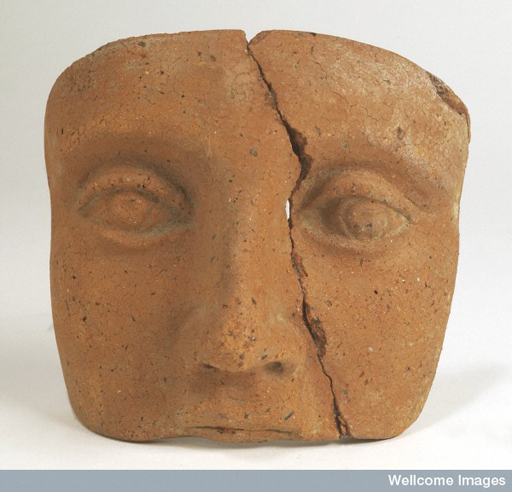Summary
Today there are many possibilities for monitoring your own health. In English, one of the most common greetings is still, ‘How are you?’ This isn’t an invitation to list one’s physical and mental ailments, but it suggests that when you meet others you do have an idea of what ‘health’ looks like. So, can you tell just by looking at someone whether or not they are healthy? Identify what you think is the key feature of health in terms of outward appearance.
This week you’ve been introduced to ideas of what we may mean by ‘health’ and what counted as ‘being healthy’ for the ancient Greeks and Romans. You have also started to explore the primary sources that can be used to study this material, both literary and material, and to consider the role of genre here.
Next week you will be looking at the appearance of the healthy body, and specifically the face.

